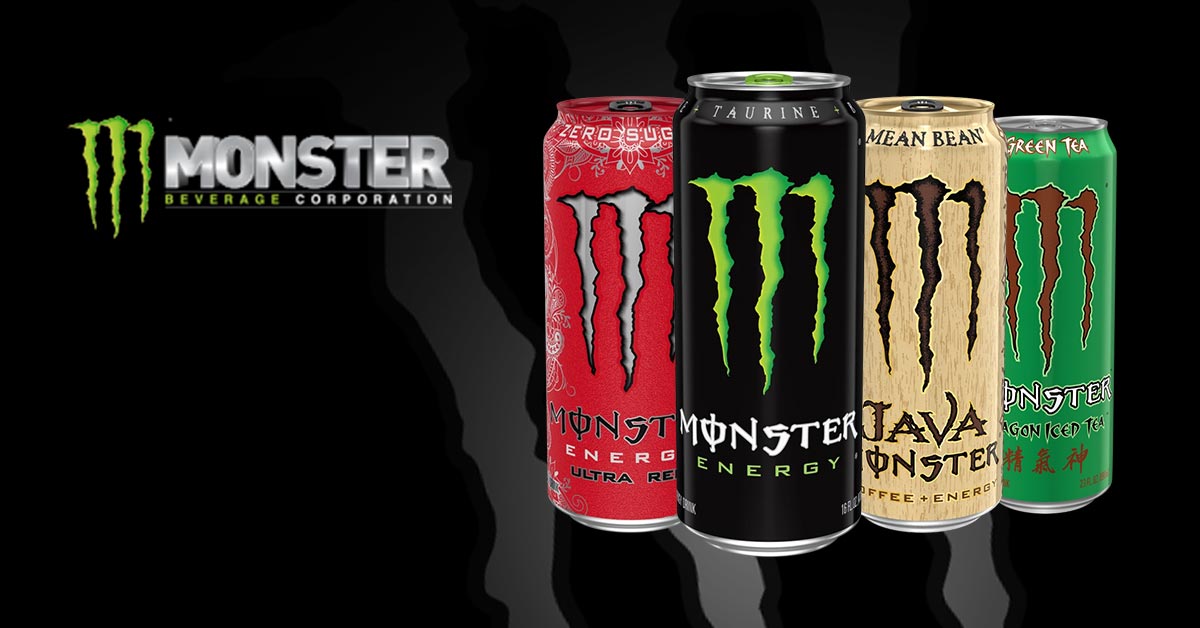
Monster Beverage Corporation surpassed the $2 billion quarterly net sales milestone for the first time in the company’s history, reporting an 11.1% year-over-year increase in its Q2 2025 earnings report this week.
Net sales in the quarter totaled $2.11 billion and international sales accounted for 41% of the business. The core Monster Energy Drinks segment grew 11.2% to $1.94 billion in the period, up from $1.74 billion the year before.
“Overall, the global energy drink category remains healthy with accelerating growth,” said Monster vice chairman and CEO Hilton Schlosberg on the company’s earnings call yesterday afternoon. “Household penetration continues to increase in the energy drink category, driven by product functionality and lifestyle positioning.”
Net sales for the company’s Strategic Brands segment, comprising its energy drink brands previously acquired from Coca-Cola and brands like Predator and Fury, were up 18.9% in Q2 to $129.9 million.
However, Monster’s alcohol ambitions have faltered, falling 8.6% to $38 million, “reflecting continued challenges despite cost-reduction activities,” the company said in a press release.
Schlosberg highlighted upcoming innovations, such as the planned launch of Monster Ultra Wild Passion in Q4 – and two new full-sugar flavors on the core line, Monster Energy Electric Blue and Monster Energy Orange Dreamsicle – as part of the company’s optimistic outlook, while suggesting that new tariffs on global sales are expected to be “immaterial” to 2025 operating results.
“In general, while our flavors and concentrates are both in the U.S. and Ireland at the present time, production of our finished products takes place locally in our respective markets,” he said. “We do not believe, based on our business model, that the current tariffs will have a material impact on the company’s operating results.”
However, Schlosberg did warn there will likely be a “modest impact” this year from tariffs due to rising aluminum prices, although the company is working to implement “mitigation strategies across the business where possible.”
He credited supply chain optimization efforts with improving expenses, noting that about 10% of U.S. products are now produced in-house.
“The objective always has been to get the lowest delivered price to our customers,” he said. “It’s one of the reasons why we are not producing more in our Phoenix facility because we have got such a great balance of co-packers that are able to achieve that objective of the lowest landed cost price to our customers.”
Pricing action is expected to occur later this year, with Monster confirming it is in discussions with bottling partners “to selectively increase prices and reduce promotional allowances by packaging channel in Q4 2025.”
Though alcohol sales have remained difficult for the company, Schlosberg said Monster Brewing results “improved relative to 2025” in the quarter. Plans to launch The Beast malt beverage line in international markets are still moving ahead on pace.
The company cut jobs and reduced headcount in the division as part of its cost reduction plan, Schlosberg said.